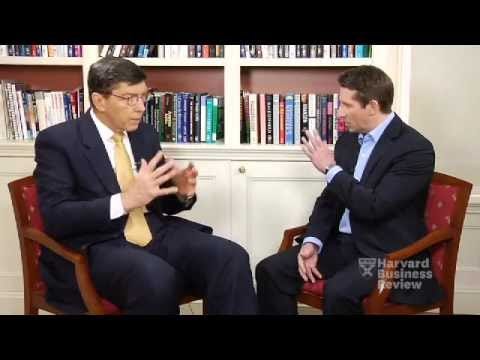The Innovator's Dilemma Meets AI: ChatGPT as a Low-End Disruptor
Hello to all my followers and readers,
Today, I'm taking a closer look at the intersection of OpenAI's ChatGPT and Clayton Christensen's low-end disruption theory, as outlined in his seminal work, "The Innovator's Dilemma". This time, however, I'll be adding a personal touch by sharing my own experience with the disruptive potential of ChatGPT.
A Personal Story of AI Transformation
In my business, we have traditionally relied on expert human resources for the creation of Statements of Work (SoW) for our clients—a task that typically took 2 weeks of dedicated effort by a person costing $10,000 a month. This meant the cost of producing a single SoW was roughly $5,000. A significant outlay, no doubt.
Enter ChatGPT.
With ChatGPT, we've transformed this process. Now, we can create a SoW of equivalent quality in approximately 45 minutes. The cost? An astonishingly lower figure of approximately $50. This is a 100x improvement—an absolute game-changer.
Low-End Disruption in Action
Such an efficiency leap is a textbook example of what Clayton Christensen refers to as "low-end disruption." Before deploying ChatGPT, our potential client base was limited to those who could afford the high cost of a professionally drafted SoW. However, with our costs radically reduced, we can now target a whole new sector of clients who previously would not have been able to afford our services.
This opens up an entirely new market segment for our business—a perfect illustration of Christensen's theory. We are using a simpler, more affordable technology to serve a previously ignored customer group, creating a disruptive foothold that could eventually transform our entire business landscape.
Revisiting "The Innovator's Dilemma"
For those who haven't read "The Innovator's Dilemma" or need a refresher, I urge you to pick it up. My personal experience demonstrates the book's core concepts in action. Here are some of the key takeaways:
Understanding Disruption: Christensen's analysis of disruptive innovation is increasingly relevant in our rapidly evolving technological world.
Wide-Ranging Applicability: His theories apply across a wide variety of industries, and we're seeing them play out in the world of AI, as my example illustrates.
Recognizing Success's Pitfalls: The book provides an understanding of how even successful companies can overlook disruptive innovations.
Decision-Making Tools: Christensen's insights can guide strategic decision-making when dealing with disruptive technologies.
Predicting Industry Trends: The theories help in predicting potential impacts of disruptive technologies like ChatGPT.
Looking Ahead
Armed with AI tools like ChatGPT and insights from Christensen's disruption theory, we can significantly transform our businesses and industries. As we adapt these technologies, it becomes crucial to remain aware of emerging innovations and potential disruptions on the horizon.
In essence, the synergy of ChatGPT and Christensen's low-end disruption theory presents an exhilarating view of the future of AI and business. This opens a door for us to rethink the possibilities of AI technology and industry disruption, providing an excellent reason to revisit "The Innovator's Dilemma".
Don't forget to watch the inserted video by Clayton Christensen discussing his theory. It’s an enlightening watch, and I'm confident it will provide more clarity on the subject.
Until next time!
Best,
Chris



